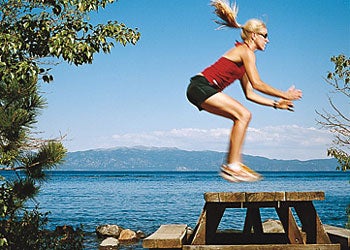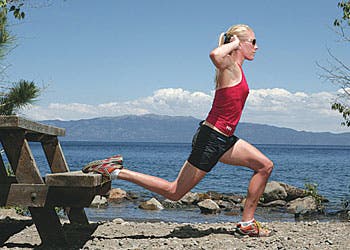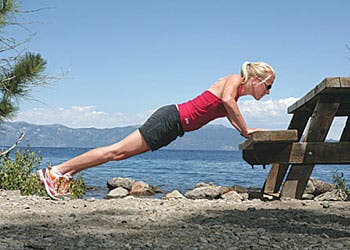The Truth: Kye Petersen

When Kye Petersen was just six years old, his father—renowned ski mountaineer Trevor Petersen—died in an avalanche in the Exit Couloir in Chamonix, France. Kye, now 19, became a pro skier himself after getting recognized in his home terrain park at Whistler. This fall, he stars in The Edge of Never, a documentary based on the book about his 2005 trip to Chamonix, where he skied the line that killed his father.
I was pretty young when I picked up my first sponsors. I was probably 12 or 13. Oakley and Rossi started hooking me up with gear.
By the time I was 16, I started filming with some American companies and began making a name for myself. And from then till now, it’s been “Take it as it comes,” which almost always works.
Sometimes I wanted to forget about being a pro and live a regular life, you know, go skate with friends. But I’m always doing things that are a getaway. Skiing and all the sports are an escape from the real world.
I think everybody is feeling the recession right now, especially in the ski industry. But you just have to push on through. Usually things like this make the sport cooler in the future. It has to be shitty at one point to get better.
I’ve always looked up to my dad. I tried to follow in my dad’s footsteps growing up. He’s always there looking over me. It’s good to have that.
I’m pretty lucky that my dad made friends all over the world. I got to learn more about him from them. It’s cool to hear those stories and have all those people around.
I still see [my dad’s skiing partner] Eric Pehota quite often and run into his kids around the valley. We go jet-boating in the summers.
I was pretty stoked to go to Chamonix for The Edge of Never. I didn’t know what to expect. I’d never dealt with any Hollywood film crews and thought it would be a bit of a junk show because of how many people were going.
The first time in Chamonix, everything was new to me as far as ski mountaineering goes. Growing up in Whistler, I had skied lots of steeps, but this was quite different.
We were only in Chamonix for five days. One of our guides fell into a crevasse and broke his neck. The whole production crew freaked out. It wasn’t something that should’ve shut down the trip, but the Hollywood crew didn’t know what to do.
Skiing the Exit Couloir wasn’t originally part of the plan. If you live in Chamonix, you don’t plan anything. That’s how people get killed. You have to go when it’s good. The conditions were right, so we skied it.
I wasn’t getting too emotional in the middle of the Exit Couloir. You don’t really have a chance. But it was spiritually the closest I’ve ever felt to my dad.
Chamonix is such a magical place—the Aiguille du Midi, the Mont Blanc Massif. That day in the Exit Couloir changed my life. It opened my eyes to the real skiing. I’ve been back to Chamonix every season since.

